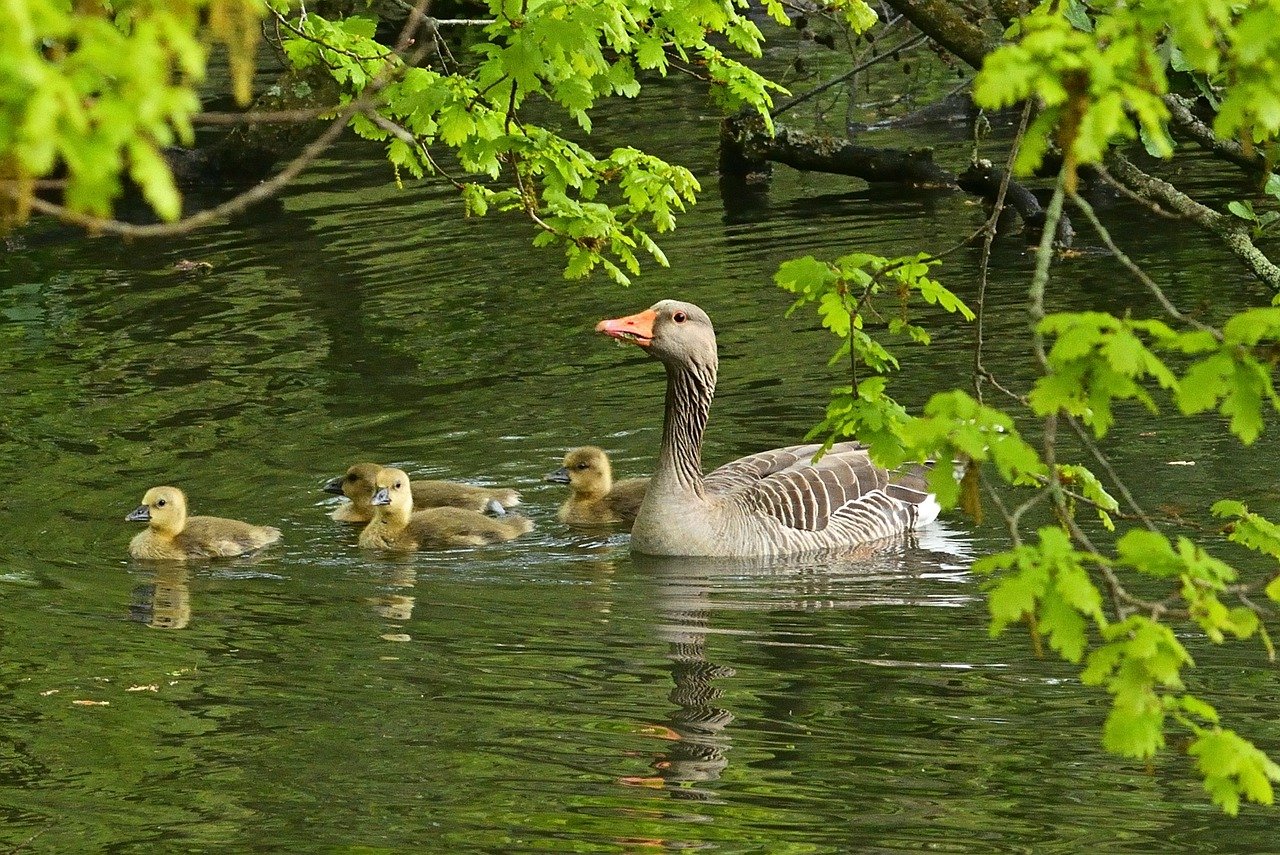Grågåsen Anser anser i Holland: flytt- eller stannfågel?
DOI:
https://doi.org/10.34080/os.v20.22626Nyckelord:
ringmärkning, ringmärkningsåterfynd, populationsstudier, vinterekologi, rastplatser, flyttningAbstract
During the last twenty years more than 2,500 Greylag Geese have been neck-banded at different moulting places in the Netherlands. Almost all birds have been re-sighted at least once. We used the 45,000 re-sightings that had been reported during the winter months October through February 1994–2010 in order to determine the migratory movements. We assume that the moulting site is about the same as the breeding site. Geese banded in west, central and south Netherlands wintered on average within 10 km from the breeding site. Geese from the northern part showed a much larger average distance, this was mainly due to a large proportion of them wintering in Spain. However, this habit changed during the course of the study, and in recent years only a small proportion wintered in Spain. We estimate that currently over ninety percent of the Dutch Greylag Geese are resident and winter close to their breeding site.
Nedladdningar

Downloads
Publicerad
Referera så här
Nummer
Sektion
Licens
Copyright (c) 2010 Berend Voslamber, Elise Knecht, David Kleijn

Det här verket är licensierat under en Creative Commons Erkännande 4.0 Internationell-licens.
Författaren/författarna innehar copyright för varje enskilt bidrag, men samtliga bidrag är publicerade under en Creative Commons-licens, så att vem som helst kan dela och återanvända bidraget förutsatt att copyright-innehavaren erkänns.







